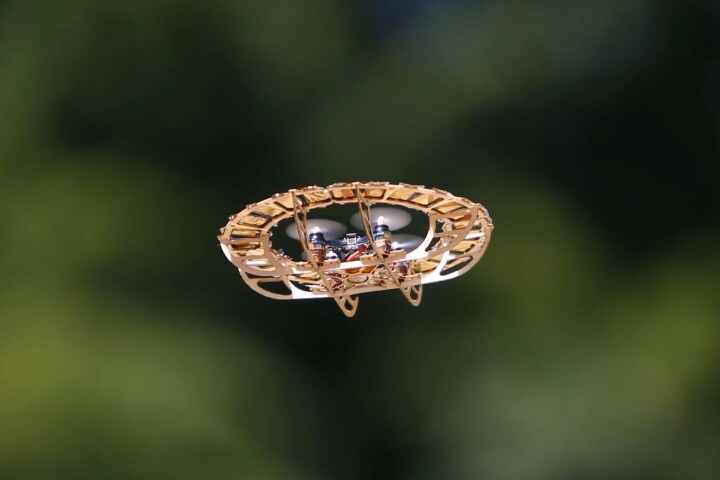Ordinarily, if you want to know how soil properties change at different depths, you have to extract soil core samples. Scientists have now determined that the same data can be obtained much more easily, using ground-penetrating radar.
As soil characteristics such as mineral content, density, salinity, humidity and humus content vary, the color of the soil varies accordingly. These color variations can be clearly seen in soil core samples. While handheld tools can be used to extract relatively shallow samples, more specialized equipment and processes are required for digging out longer, deeper samples.
Seeking a less labor-intensive alternative, a team from Russia's RUDN University tried using ground-penetrating radar (GPR). Putting it very basically, GPR works by sending microwave radio pulses down into the soil, then analyzing the manner in which underground elements reflect those signals back to the surface. No digging is required.
The scientists performed GPR scans at seven sites in Russia's Kamennaya Steppe nature preserve, which is known for its multiple soil types. They also took 30 core samples from each site, down to depths ranging from 10 cm (3.9 in) to 3 meters (9.8 ft). The GPR scans' red, green and blue wavelength data was then compared to the various colors at different levels in the corresponding core samples. Doing so established a model that matched different wavelength readings to different soil colors.
It was subsequently found that by applying that model to GPR data alone, it was possible to determine the underground soil colors at a given site with 80 percent accuracy. That figure should improve as the technology is developed further. However, it should also be noted that in its current form, the system initially has to be calibrated using a core sample from the target region – scans can then be performed at multiple sites within that region, without the need for additional samples.
A paper on the research was recently published in the journal Eurasian Soil Science.
Source: RUDN University via EurekAlert




